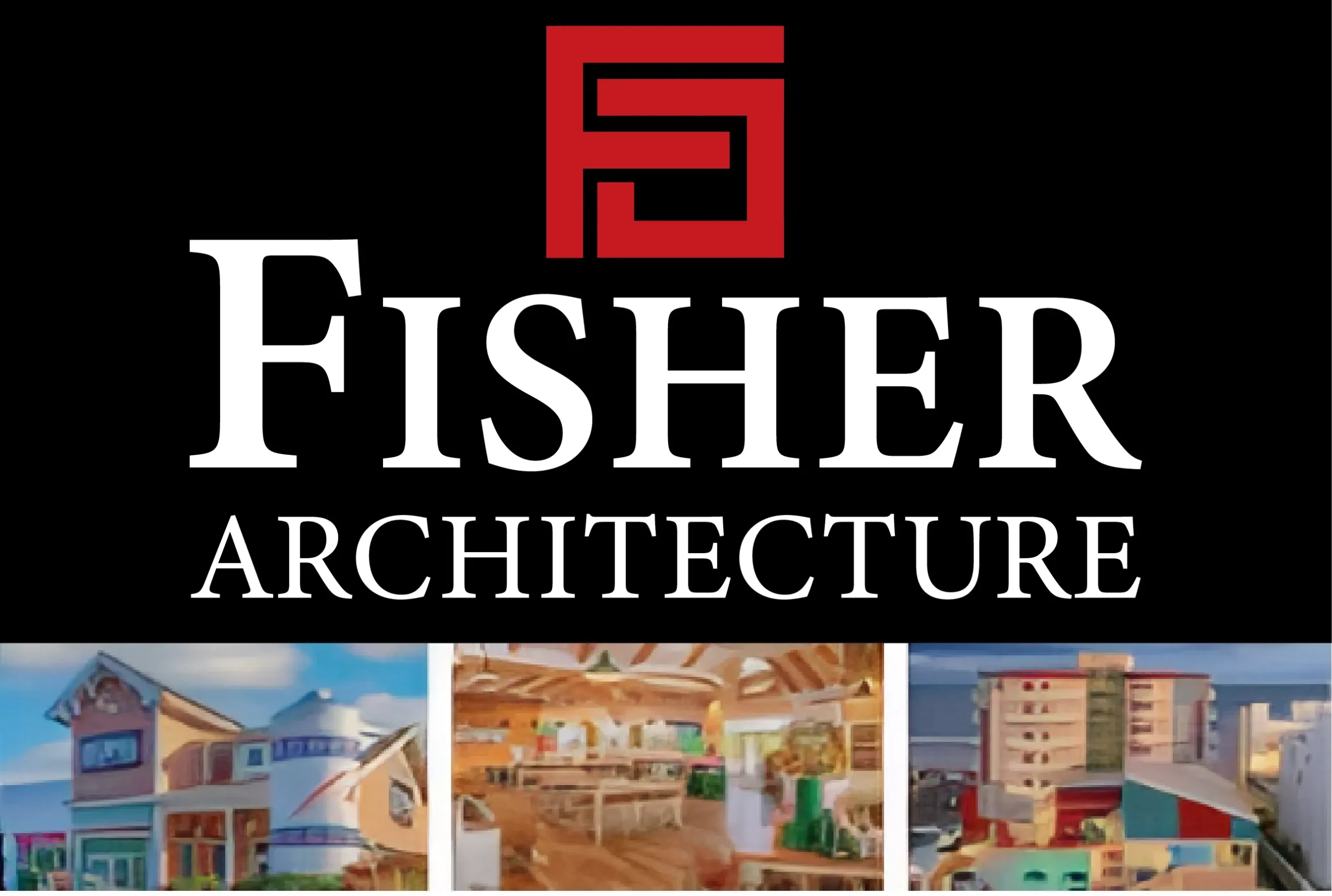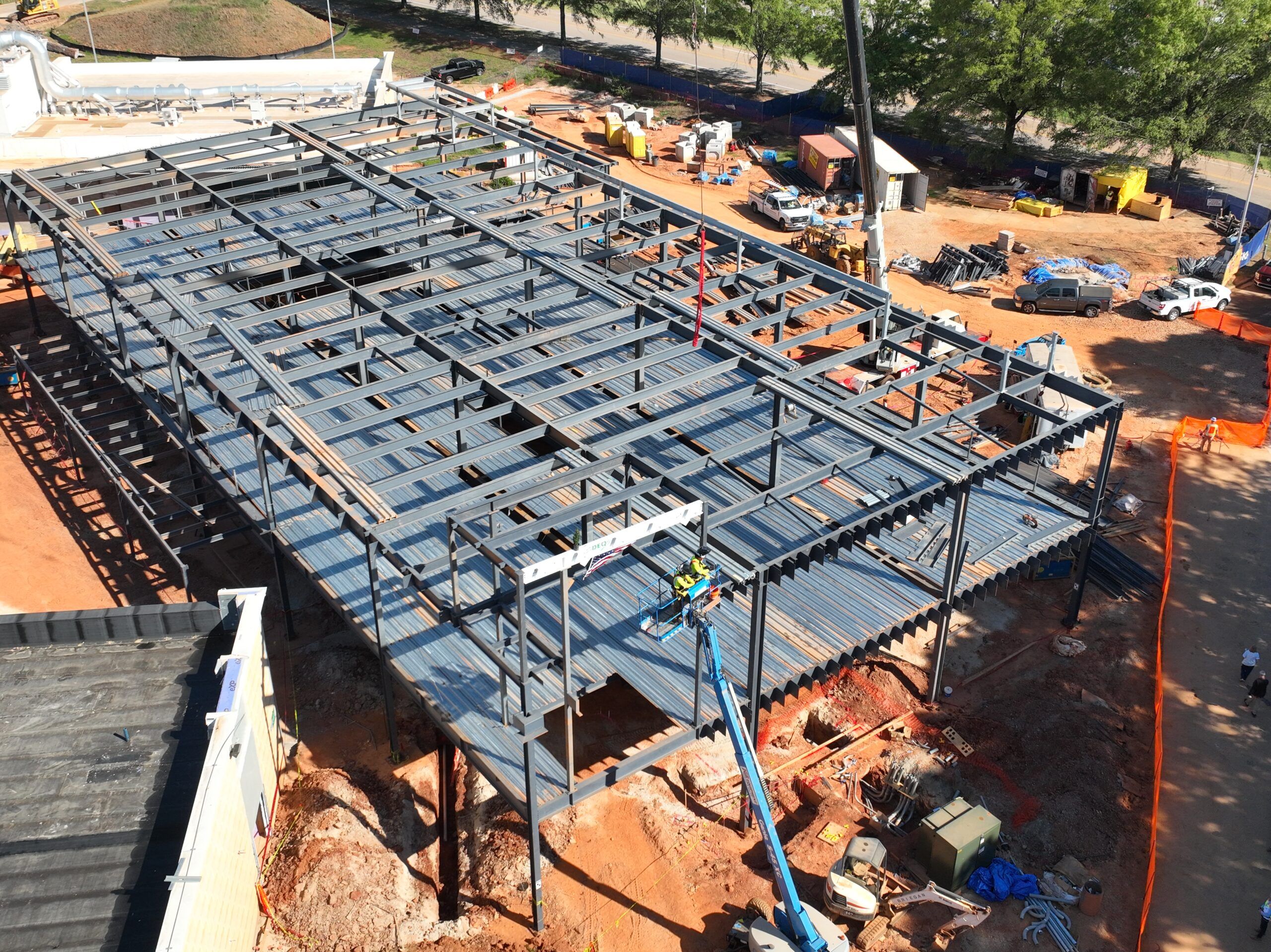Fire safety is an integral part of modern construction design, influencing not only building materials and layouts but also regulatory compliance and overall safety standards. With advancements in fire safety solutions, architects and developers can create structures that not only meet stringent regulations but also prioritize occupant safety and property protection. These innovations are transforming how buildings are designed, emphasizing the importance of prevention, containment, and evacuation strategies.
The Role of Fire-Resistant Materials
One of the most significant advancements in fire safety is the development and widespread use of fire-resistant materials, often evaluated during a Text fire sprinkle plan review.
Modern construction increasingly incorporates materials like intumescent strips, fire-rated doors, and non-combustible insulation. These materials are engineered to endure extreme heat, helping to contain the spread of fire and allowing essential time for evacuation.
Intumescent strips, for example, expand when exposed to heat, sealing gaps around doors to contain smoke and flames. Similarly, fire-rated doors act as barriers, limiting fire from spreading to other areas of the building. By integrating these materials into the design phase, buildings are better equipped to mitigate the risks associated with fire outbreaks.
Smart Fire Safety Systems
Advancements in technology are significantly improving fire safety solutions. Intelligent fire detection systems with sensors can detect heat, smoke, and gas, offering early warnings to both occupants and emergency responders. These systems can seamlessly integrate with building management systems (BMS), delivering real-time notifications, activating sprinkler systems, and guiding individuals to the safest evacuation routes.
In addition, advanced fire suppression systems, such as misting systems, are becoming more common. These systems use fine water mists to suppress flames while minimizing water damage to property. The combination of detection, suppression, and automation ensures a more robust and efficient response to fire incidents. Regular maintenance like a kitchen suppression system inspection is crucial to ensure these advanced systems are always ready to function properly in an emergency.
Design for Evacuation Efficiency
Modern construction design increasingly prioritizes safe and efficient evacuation. Architects and engineers are incorporating wider staircases, multiple exit routes, and strategically placed fire exits to ensure that occupants can evacuate quickly and safely during emergencies. High-rise buildings often feature fire-safe elevators designed to operate even during fire events, providing an alternative evacuation method for individuals with mobility challenges.
Clear signage, emergency lighting, and systems that communicate evacuation instructions also play a vital role in ensuring safe egress. Integrating these features during the planning stages helps create buildings that are not only functional but also safer for occupants.
Regulatory Influence on Design
Evolving fire safety regulations are shaping construction design globally. Building codes now require greater attention to fire resistance, compartmentalization, and structural stability during a fire. Adhering to these standards has encouraged innovation in both materials and design approaches, ensuring buildings meet safety benchmarks while remaining aesthetically pleasing and cost-effective.
Sustainability Meets Fire Safety
Sustainability is another key factor influencing construction design, and fire safety solutions are no exception. Fire-resistant materials are now being developed with eco-friendly properties, reducing their environmental impact. Moreover, technologies such as smart fire systems are energy-efficient, aligning with green building initiatives.
Conclusion
Fire safety solutions are revolutionizing construction design, combining advanced materials, smart technologies, and thoughtful planning to create safer, more resilient structures. By integrating fire safety measures from the outset, architects and developers can ensure compliance with regulations while prioritizing occupant safety. As these solutions continue to evolve, they will undoubtedly play an even more significant role in shaping the future of construction design, balancing safety, innovation, and sustainability.











